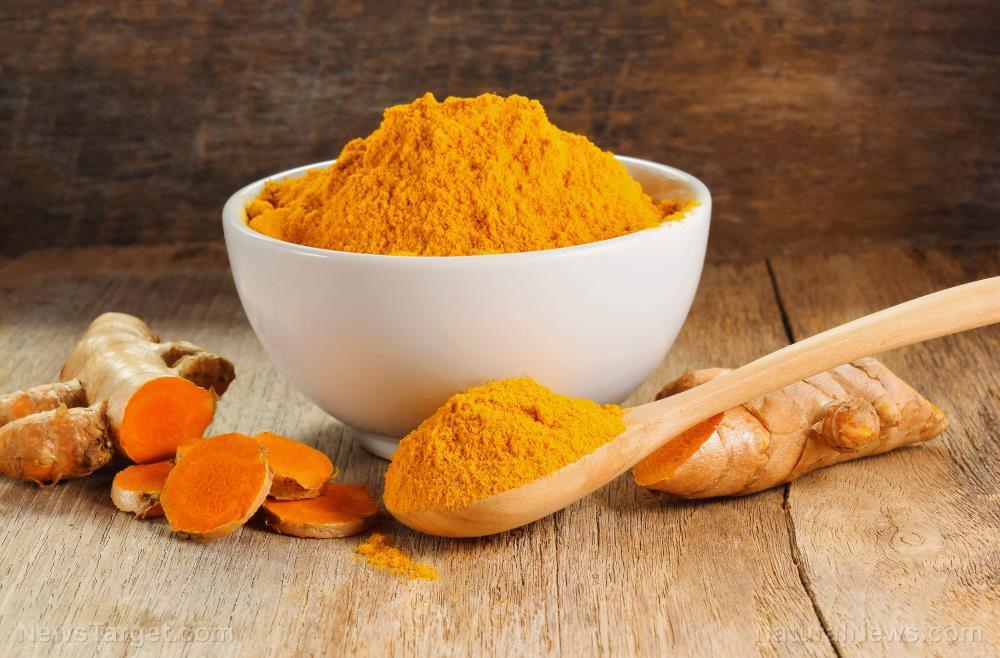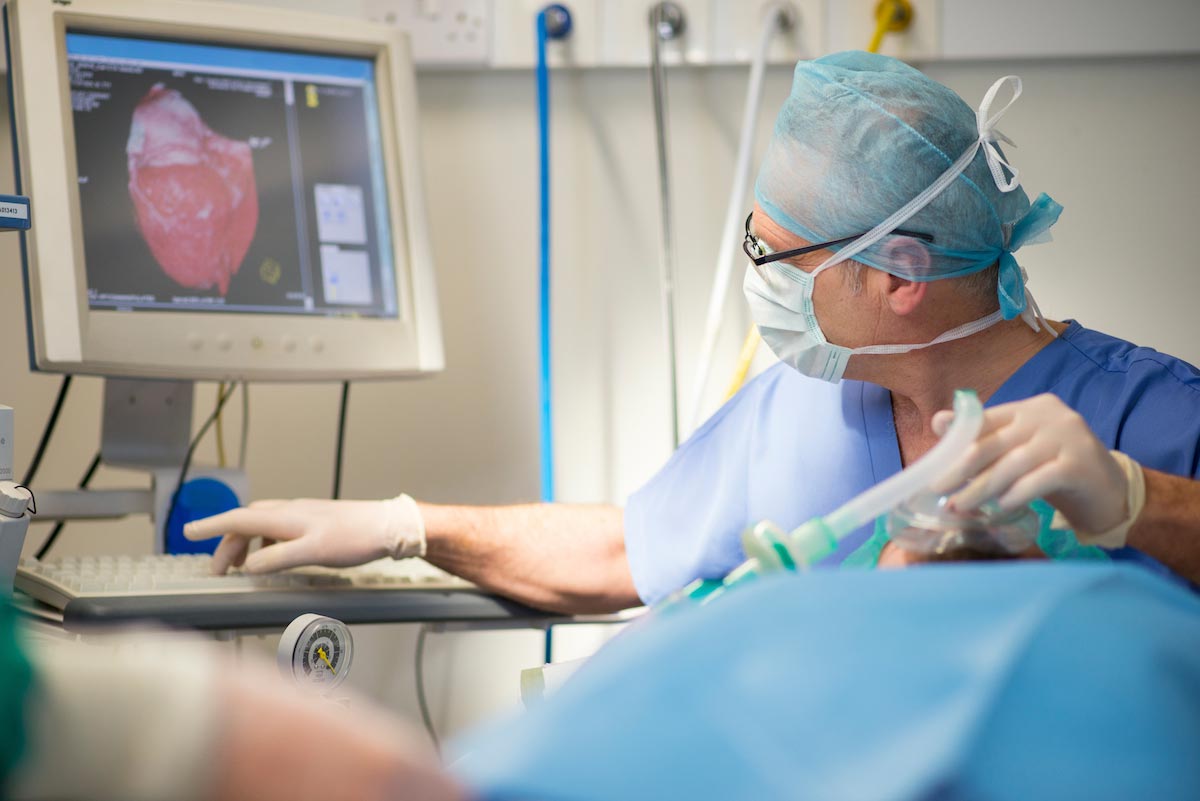Prenatal yoga linked to improved birth outcomes
03/22/2019 / By Michelle Simmons

A study published in The Journal of Alternative and Complementary Medicine revealed that prenatal yoga can minimize labor pain and potentially improve birth outcomes.
- For the study, researchers from India recruited 200 women pregnant for the first time.
- The participants were 20 to 35 years old, 30 weeks pregnant, and had no experience of yoga.
- The researchers, then, divided the participants into two groups: a yoga group and a control group.
- The yoga group performed 30 minutes of yoga at their 30th, 32nd, 34th, 36th, 37th, 38th, and 39th weeks of pregnancy, while the control group did not perform yoga.
- The researchers assessed the delivery for maternal comfort, alleviation of labor pain, and birth outcome.
- Because of complications, the researchers only conducted the final analysis on 75 participants in each group.
- The results showed that the induction of labor and analgesics were significantly reduced in the yoga group compared to the control group.
- In the yoga group, the researchers recorded a higher number of normal vaginal deliveries and less cesarean deliveries, as well as shorter first stage of labor compared to the control group.
- In addition, the participants who performed yoga had better pain tolerance and experienced higher maternal comfort.
- The yoga group also had significantly less number of low birth weight babies compared to the control group.
- The researchers also concluded that prenatal yoga is safe as there were no adverse effects attributed to it.
In sum, the findings of the study conclude that yoga is a safe and easy-to-learn mind-body therapy and complementary health practice for effective reduction of labor pain and improving birth outcomes.
To read more studies on yoga and its many health benefits, visit HealingArts.news.
Journal Reference:
Bolanthakodi C, Raghunandan C, Saili A, Mondal S, Saxena P. PRENATAL YOGA: EFFECTS ON ALLEVIATION OF LABOR PAIN AND BIRTH OUTCOMES. The Journal of Alternative and Complementary Medicine. 14 December 2018; 24(12): 1181-1188. DOI: 10.1089/acm.2018.0079
Tagged Under: birth outcomes, fitness, labor pain, maternal comfort, pregnancy, prenatal yoga, research, slender, therapies, women's health, Yoga



















